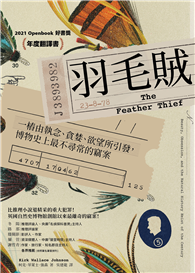| FindBook |
|
有 2 項符合
Tuinen的圖書 |
 |
$ 3299 | The Dialectic of Ressentiment: Pedagogy of a Concept
作者:Van Tuinen 出版社:Routledge 出版日期:2024-11-28 語言:英文 規格:平裝 / 324頁 / 22.86 x 15.24 x 1.73 cm / 普通級/ 初版  看圖書介紹 看圖書介紹
|
 |
$ 2397 | The Philosophy of Mannerism: From Aesthetics to Modal Metaphysics
作者:Tuinen 出版社:Bloomsbury Academic 出版日期:2024-06-27 語言:英文 規格:平裝 / 240頁 / 23.39 x 15.6 x 2.54 cm / 普通級/ 初版  看圖書介紹 看圖書介紹
|
|
|
|











